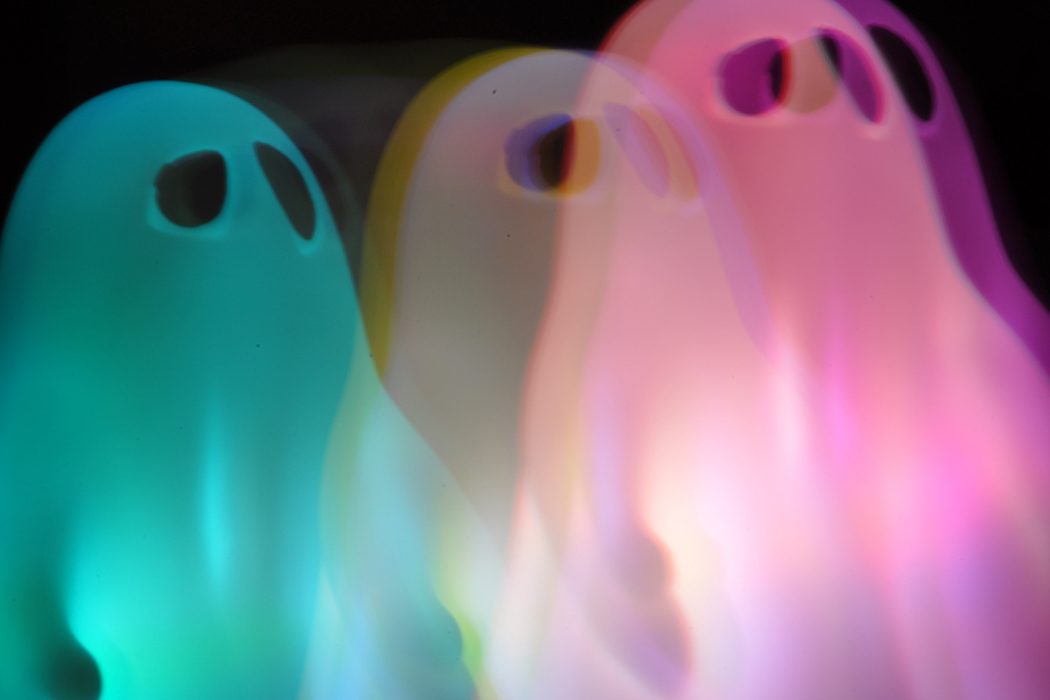In 1940s America, two folklorists, separated by more than 2000 miles, undertook the task of collecting and studying the “modern” ghost stories of their time. Despite the time and distance separating their two studies, their findings are creepily similar.
According to both studies, the most common ghost story across the country was the story of the vanishing hitchhiker. This ghost, almost always a woman, appears to motorists as a fairly solid human being in need of a ride. Some time after the driver picks her up, however, the hitchhiker disappears.
Another common type of ghost is the “guardian” ghost. Generally associated with some kind of hidden treasure, this ghost is an international phenomenon. Interestingly, American guardian ghosts are more likely to lead Americans to their treasure, whereas European guardian ghosts are more likely to chase treasure hunters away.
Both studies found that people more often reported solid, human-seeming ghosts, rather than the wispy transparent figures of popular imagination. In many cases witnesses are unable to tell that they are experiencing ghostly phenomenon until they are later informed that the person is dead. This seems especially common with the hitchhiker ghost.
Another similarity found in both studies is the mode of death of those who become ghosts. According to the New York study “more than a third of our ghosts died violent or sudden deaths.” Murders, suicides, and accidents make up the majority of stories associated with ghostly activity.
Inconsistencies in the findings often seemed to have a lot to do with location. Immigrants from European countries, for instance, often told very different kinds of ghost stories than those that were told about the ghosts of America.
Weekly Newsletter
Timing also seems to play a role in hauntings. Noticeably missing from both studies are any ghosts who are associated with the time period in which the study was done. Jones notes that with the exception of the hitchhiker ghost (who it should be noted never drives the car herself), there were no reports of ghosts in cars or on planes, relatively new technology at the time. On the other hand, ghost stories of our own time do often place apparitions on planes and other modern forms of transportation. Even so, there does still seem to be a trend of them always seeming a bit behind the current time.
What all of this means in terms of whether or not ghost and hauntings are real verifiable phenomena is still up for debate. However, it’s clear that visitors from beyond the veil still play a major role in the human psyche. Even with our advances in science and technology in the last century, tales of the supernatural still persist. Indeed, Jones posited that the advancement of science allowed people to “open their minds to possibilities” and that it may even increase the prevalence of ghost stories in the future. The prevalence of ghost stories, videos, and photographs on the internet suggest that he was correct.







